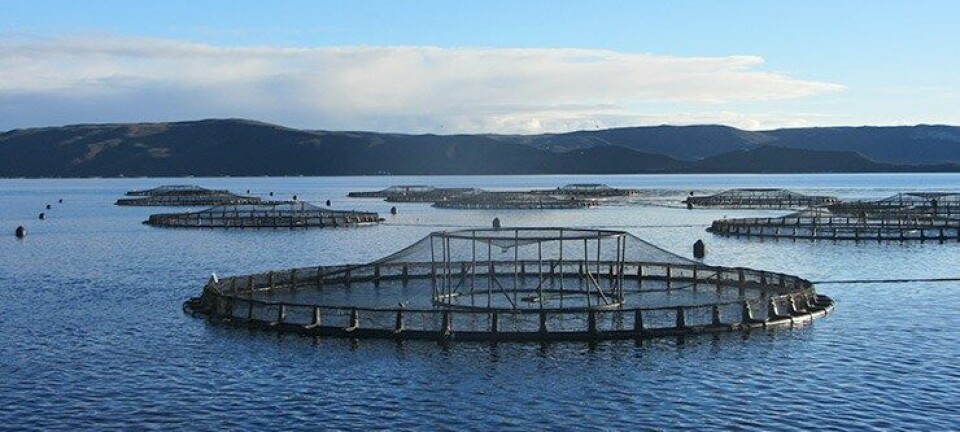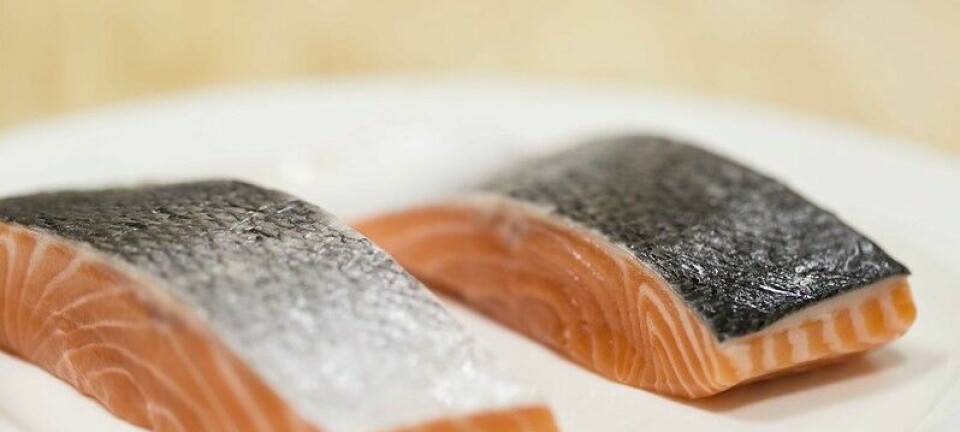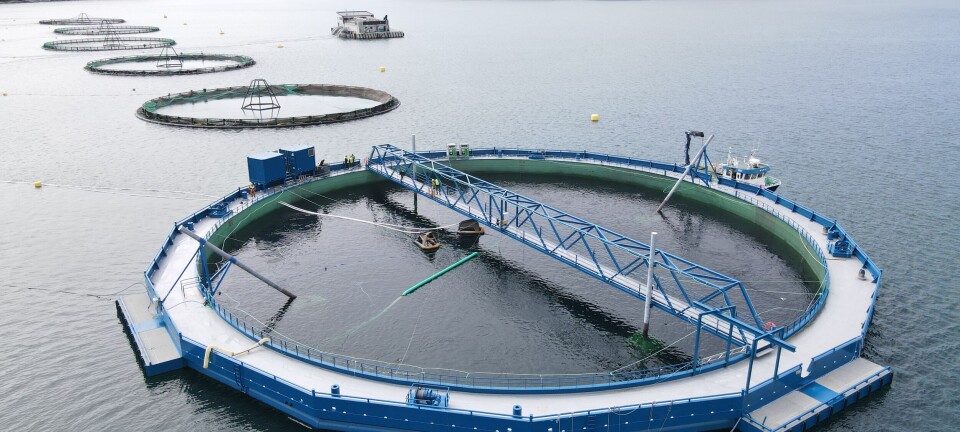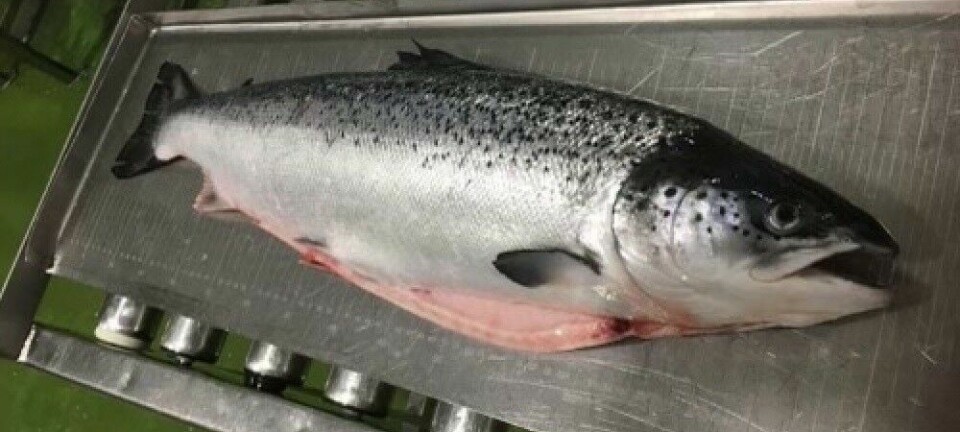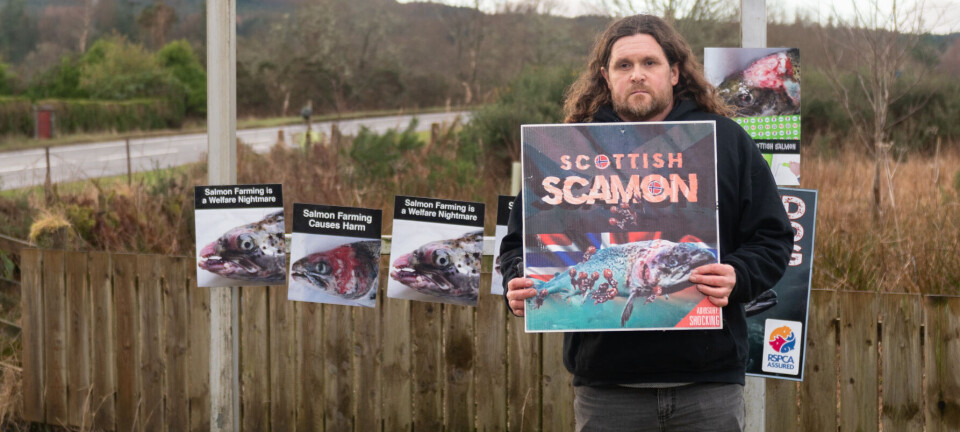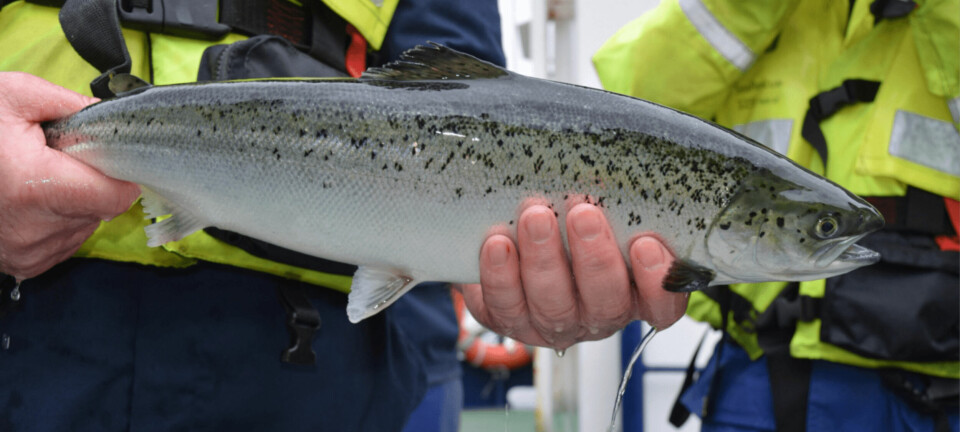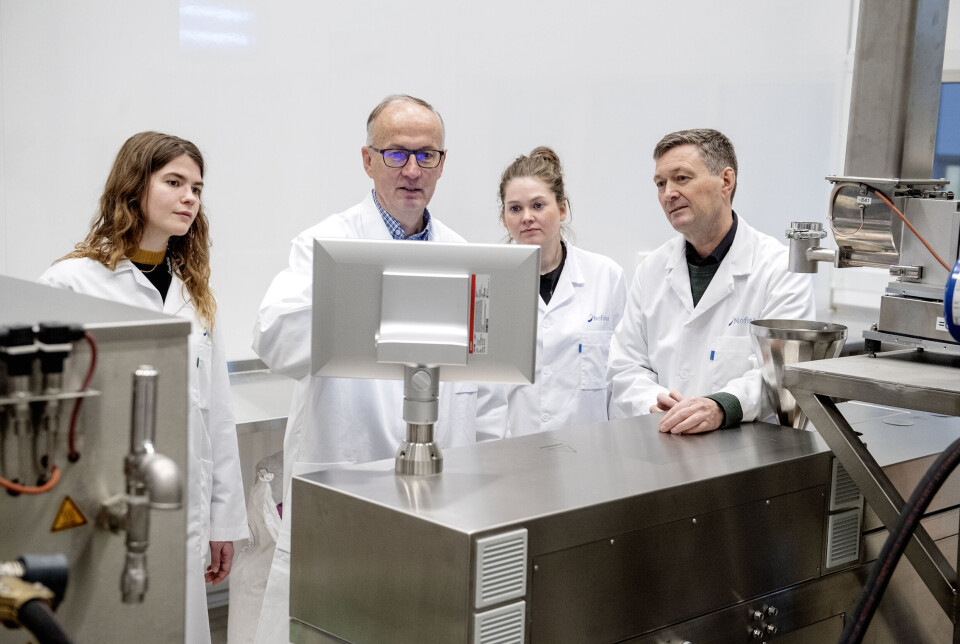
Salmon feed has room for more microalgae oil, tests show
When research institute Nofima looks at sustainable feed for salmon, the process involves everything from when a new ingredient is delivered to the feed technology centre, to when the salmon has eaten the feed and grown to harvest size.
This is because an ingredient has at least two aspects: a technical and a nutritional one.
"If you can't get the ingredient into the feed, you can't get it into the fish," explains senior researcher Tor Andreas Samuelsen in a press release.
Replacing fish oil with a more sustainable, oil-rich ingredient is quite complex. Defining what constitutes a sustainable ingredient is a separate issue, but it is reasonable to assume that microalgae are among them, as they are at the bottom of the food chain.
Oil from microalgae
Samuelsen has worked with microalgae-based omega-3 in feed and uses it as an example of how Nofima works to replace an oil source in the feed.
In the project Millennial Salmon, Nofima sought to determine how much of an algae-based product could be included in a salmon pellet and how it affected the fish that consumed the feed. The algae-based product Nofima tested (AlgaPrime DHA LS) was rich in the marine omega-3 fatty acid DHA and was supplied by Corbion.
"What was exciting in this research was that to be able to design the feeds for the fish trial, we first had to conduct a technical evaluation of the ingredient to determine what levels we could achieve in the fish trial. For this algae product, we simply needed to get to know it technically first," says Samuelsen.
Previously, Nofima tested DHA-rich algae-based dry powder mixed into feed. What was unique about AlgaPrime DHA LS was that it was a combination of microalgae biomass mixed with rapeseed oil to form a liquid product.
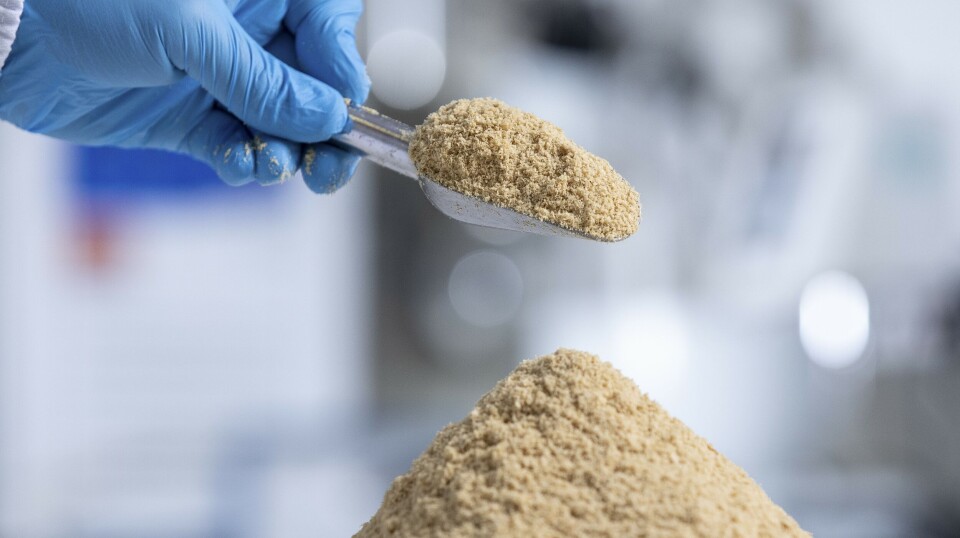
How feed is produced
Almost all fish feed is produced using an extruder. Extrusion means that the feed mixture goes through a process in which it is cooked, kneaded, and expanded through dies. It is then dried into pellets with an expanded and porous form. The process is similar to the puffed cereal you might have in a breakfast bowl. For fish feed, it's important to have many small pores so they can be filled with oil in a "vacuum coater" to make the feed extra nutritious.
Samuelsen explains: "In the extruder, we rely on friction. This is why there is room for a maximum of 11% fat in a feed mixture that goes through the extruder. But that is too little fat for the fish. So, we 'coat' the rest of the oil, which means it’s drawn into the pores and stays there," he says.
The challenge is that the pores need to be large enough for the algae biomass particles in the rapeseed oil to enter the pellet, but small enough to prevent the oil from leaking out during storage and feeding in the salmon pens.
Testing
Testing of algae levels in feed was conducted by researchers at Nofima's Aquafeed Technology Centre in Bergen. They measured technical pellet quality properties, such as hardness, water stability, oil leakage, and pellet pore size. Based on this work, they produced the trial feeds, which were sent to Nofima's research station in Sunndalsøra. There, the salmon were fed the various feeds and monitored and evaluated as they grew.
The results from the trial are now available.
It was possible to add more of the algae product to the feed than initially thought commercially viable. The feeding trial showed that the salmon liked all the experimental feeds and digested the nutrients well. In many cases, it is necessary to rupture the cell walls of microalgae to make the nutrients available to the fish before the ingredient enters feed production. However, the trial documented that this was not necessary with this algae product.
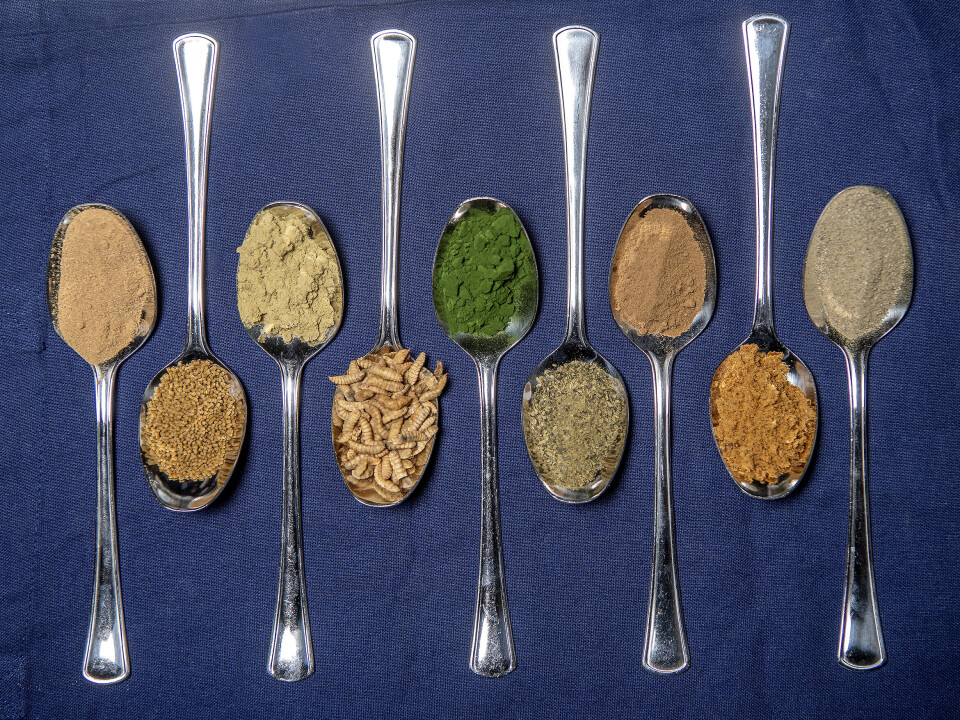
Positive results
Thus, the trial yielded positive results. In practice, however, the actual level of an oil-rich ingredient in feed production will vary with the fat level in other ingredients, the pore size of the dried pellet, and conditions on the production line.
These results are useful for Corbion. Tim Rutten, vice president of nutrition at Corbion has previously stated that: “Corbion is constantly seeking to create new innovative and sustainable solutions, and we are pleased that the results of this study affirm the technical performance of our product is enabling the industry to use a sustainable source of omega-3 at high inclusion levels”.
The research was funded by the Research Council of Norway and the industrial project partners Mowi, Labyerie Fine Foods, Cargill, Corbion, Innovafeed, and Auchan.

